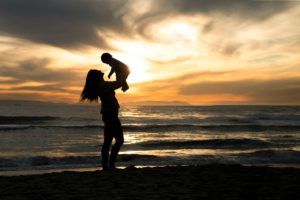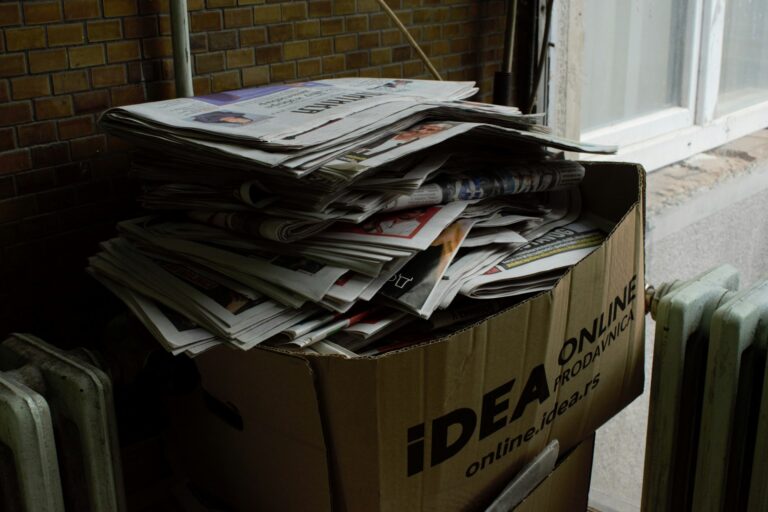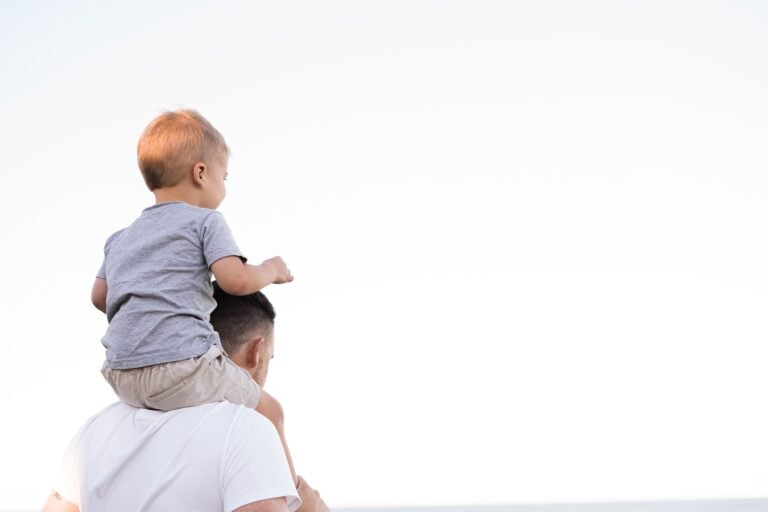Making Eco-Friendly Child Rearing A Breeze
 The average child will use about 7,000 diapers in their lifetime, and when you consider that diapers are not biodegradable and can take hundreds of years (or more) to decompose, the damage caused to the environment is evident. Parents wishing to reduce their carbon footprint have long considered other alternatives – including cloth diapers. These are not a perfect alternative (since they require a significant amount of water to wash), but on the whole, they have a smaller impact on the environment. Of course, babyhood is just the first stage of a child’s life, and there are many more that will require you to make important decisions that put your commitment to sustainability to the test. What are some ways in which you can embrace a greener lifestyle while raising healthy, happy children?
The average child will use about 7,000 diapers in their lifetime, and when you consider that diapers are not biodegradable and can take hundreds of years (or more) to decompose, the damage caused to the environment is evident. Parents wishing to reduce their carbon footprint have long considered other alternatives – including cloth diapers. These are not a perfect alternative (since they require a significant amount of water to wash), but on the whole, they have a smaller impact on the environment. Of course, babyhood is just the first stage of a child’s life, and there are many more that will require you to make important decisions that put your commitment to sustainability to the test. What are some ways in which you can embrace a greener lifestyle while raising healthy, happy children?
Spreading The Word Early
Your child will receive a plethora of gifts from loved ones – including clothing, toys and diapers. From the time before your child is born, let loved ones know ways in which they can help you make more sustainable choices by pointing out green baby shower presents, birthday gifts, and items for other important occasions. For instance, if someone wants to buy you something practical, suggest bamboo wipes (which are also healthier for babies as they are free from formaldehyde, phthalates, parabens, and other toxins), cute cloth diapers, or an organic canvas diaper bag. Make a gift list if you have to, listing down online and physical stores known for their commitment to the environment. This will make it easier for your loved ones to make you happy while doing their share for the planet.
Shopping Responsibly
Every choice you make when it comes to purchases – ranging from food to clothing – will have a big impact on your family’s carbon footprint, so make purchases strategically, conducting research into different companies’ sustainability principles. When it comes to food, go organic if you can: this produce is higher in antioxidant goodness and conserves the integrity of the soil. Invite your kids to come along so they can get excited about different ingredients, helping you prepare healthy comfort foods and organic treats. Clothing also makes a big difference. Luckily, there are many sustainable fashion brands (both affordable and high-end) to choose from. When it comes to fashion and clothing, look for brands that rely on recycled fabric, and those that use waste such as discarded fishing nets and plastics to make new, beautiful items that are sturdy enough to be passed on from child to child.
Saving Energy And Water
Investing in renewable energy such as solar energy is worth it from a cost-savings perspective, with research showing that going solar can pay for itself in seven to 20 years. In fact, the average 20-year savings afforded by solar energy amounts to an impressive $20,000. You can also save on water by foregoing baths for your baby or child in favor of showers. Filing a bath uses up to 50 gallons of water, so if your baby really loves bath time, then save water by filling the tub halfway, or by placing your baby in a small removable tub, which is small, light, and can be easily placed in and taken out of your bathtub. Finally, try rinsing dishes in a large container so as to avoid water wastage. If you do use a dishwasher, opt for one with a good Energy Star rating. This is found on all appliances that work more efficiently than conventional models of the same size.
Raising a child in an environmentally friendly fashion involves so many steps – from teaching them how to recycle waste, to encouraging them to make wise shopping choices alongside you. From the time your baby is born, getting used to bamboo wipes and cloth diapers can help reduce the amount of non-biodegradable waste that builds up in landfills. Investing in renewable energy and finding ways to save water will also teach your child the value of one the planet’s most precious commodities. By Sally Writes.


